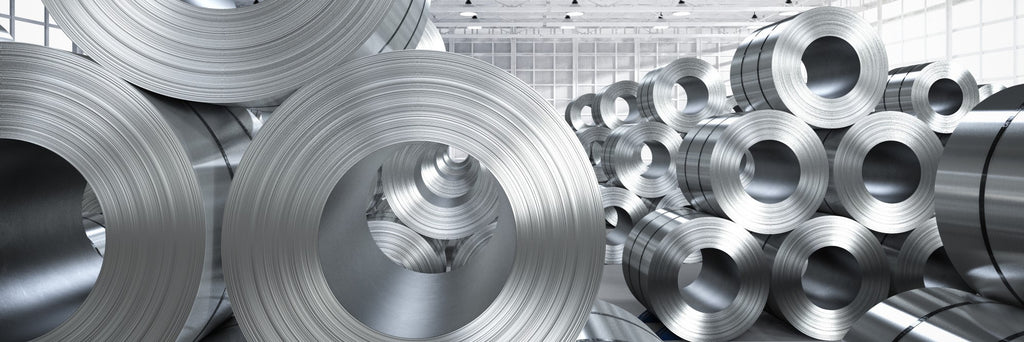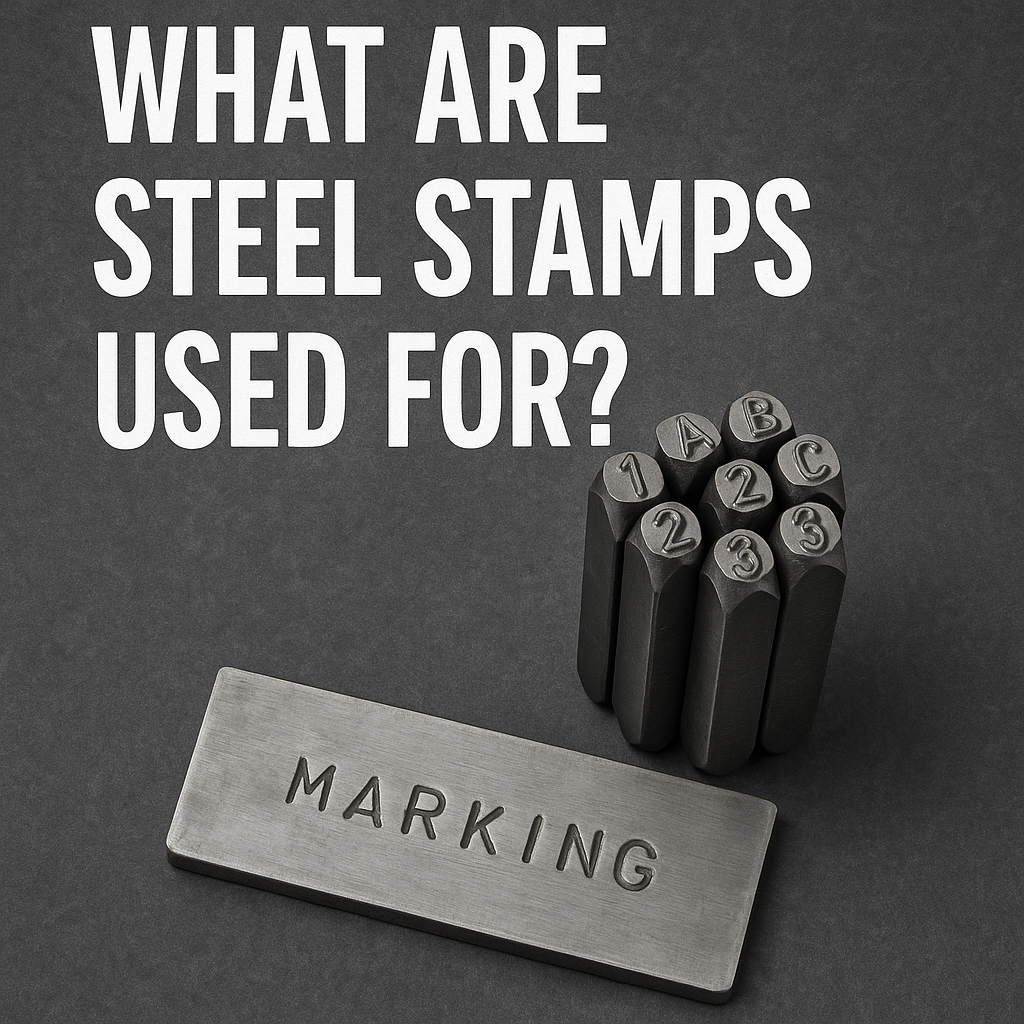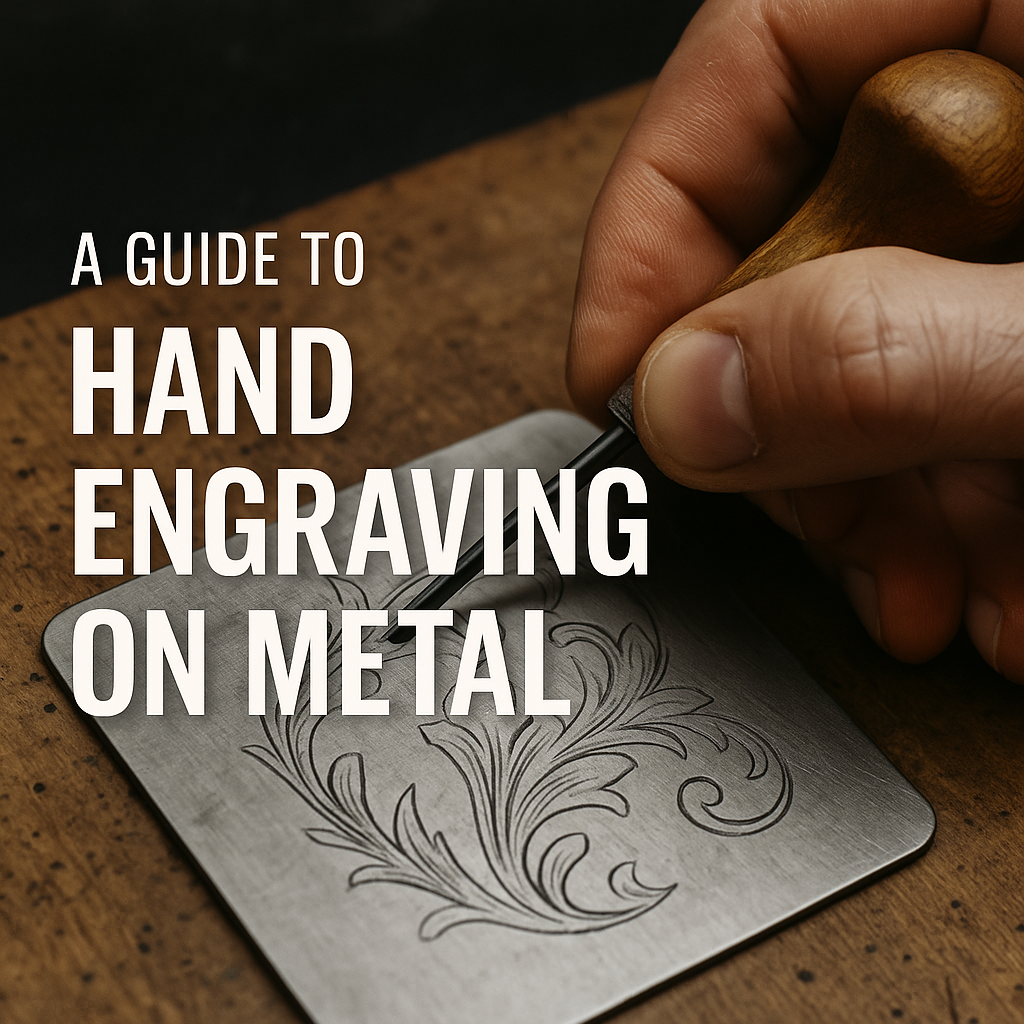What Are the Different Types of Aluminum Alloys?
- USQuickBlogs
- 20 Jan, 2020
From around 95 of the metallic elements, aluminum remains the second most abundant within the earth's crust.
While this valuable metal has several uses of its own, it's efficiency can be improved when combined with other elements to create different types of aluminum alloys. Some of these element pairings include copper, magnesium, and zinc.
Now, each of these alloys have their own strengths and advantages, however, in order to understand their strengths, it is first essential to know how they're classified and what makes them what they are.
So let's have a look at how aluminum alloys are classified, and how to identify their commercial alloys by their four-digit numbers.
The Major Types of Aluminum Alloys
In general, aluminum alloys are categorized into wrought and casting alloys. Within these two, there are also sub-divisions of which of these alloys are heat treatable and which are not. Here's what makes these two different.
Wrought Alloys
Wrought alloys use a four-digit identification system where the third and fourth digits are used to identify very specific alloys.
These alloys are made through the process of melting pure aluminum ingots and respective elements, after which they are rolled into their ultimate shapes.
These types of alloys generally have a greater level of tensile strength than casting alloys.
Casting Alloys
Cast aluminum generally contains larger amounts of alloy elements than its wrought counterpart. Cast aluminum is named and marked using a four-digit system with the inclusion of a decimal point after the third digit.
The cast aluminum is obtained through bauxite which usually contains between 15 to 20 percent of aluminum within it.

These types of alloys have a low tensile strength but are much cheaper to produce than wrought alloys.
These kinds of alloys have a wide range of applications including the making of gardening tools, machinery, and other commercial equipment.
Further Classifications
Commercial alloys are more specifically classified into 4 digit series, where the initial number is used to identify the major contributory element. Below are a few of the most commonly used among them.
- 1XXX - 99% aluminum (or higher)
- 2XXX - Copper
- 3XXX - Manganese, with low amounts of magnesium
- 4XXX - Silicon
- 5XXX - Magnesium
- 6XXX - Silicon and magnesium
- 7XXX - Zinc
- 8XXX - Other elements
Based on their varying strengths, these alloys have applications ranging from marine equipment (5XXX), aircraft building (7XXX), cooking equipment (3XXX), etc.
What Type of Alloy Is Right for Your Needs?
Wondering what types of aluminum alloys are right for your needs? It is important to consider the purpose for which you need them.
Aluminum is also not perfect for every application. For example, if you're looking to create metal tags, you have a wide range of options to choose from including non-aluminum options like stainless steel, brass and more.






